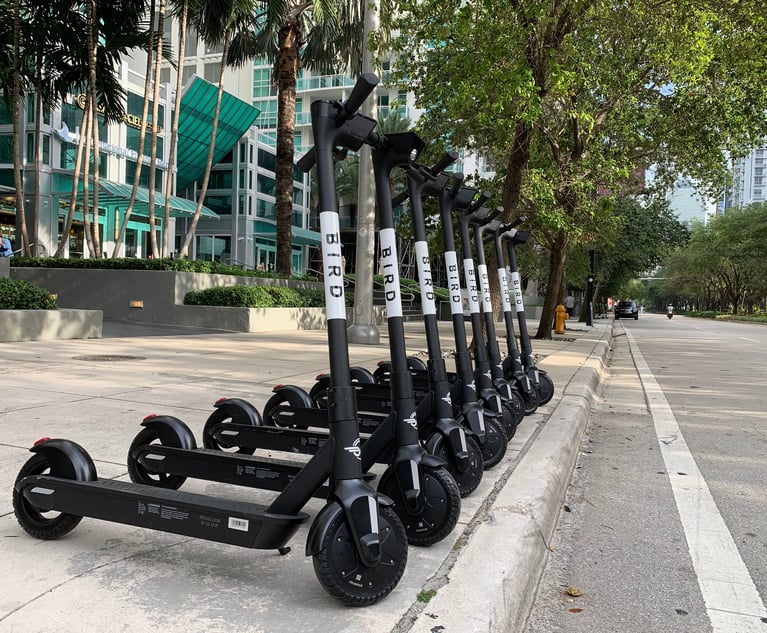On May 3, 2018, in a 4-3 split decision, the New York Court of Appeals in E.J. Brooks Company v. Cambridge Security Seals (the E.J. Brooks case) held that plaintiffs cannot recover damages in trade secret cases based on development costs that defendants avoided by misappropriating trade secrets. 2018 WL 2048724, at *1 (N.Y. May 3, 2018). In doing so, the court determined that a plaintiff’s damages must be specifically tied to the plaintiff’s losses and not gains by the defendant. Id. at *6. This decision runs contrary to the Defend Trade Secrets Act (DTSA), which Congress passed in 2016 and which provides for federal jurisdiction. The DTSA provides a menu of damage calculation options including recovery of a defendant’s unjust enrichment, which courts have interpreted to encompass the avoided cost methodology explicitly rejected by the Court of Appeals. Plaintiffs in trade secret cases that seek to measure damages by defendant’s avoided costs, defendant’s gains, or anything other than plaintiff’s losses will now be incentivized to bypass the New York state court system for federal court. This may encompass a large swath of cases, as damages are notoriously difficult to calculate in trade secret actions.
The path to the New York Court of Appeals’ decision began almost exactly three years before it was issued. On May 4, 2015, a jury in the U.S. District Court for the Southern District of New York rendered a unanimous verdict in favor of E.J. Brooks Company d/b/a Tydenbrooks (Tyden) on all three of its claims against the defendant Cambridge Security Seals (CSS)—misappropriation of trade secret, unfair competition, and unjust enrichment—for stealing Tyden’s manufacturing processes. Id. Only one damages expert (Tyden’s) testified at trial, and he calculated damages based on an avoided cost methodology, by determining the amount of money CSS avoided spending to get its manufacturing processes up and running as a result of its theft of Tyden’s proprietary information. Id. at *1. In her charge to the jury, Judge Loretta Preska explained that the jury could calculate damages based on the “benefits derived by the defendant” and the “costs avoided by the defendant” by misappropriating Tydenbrooks’ manufacturing process. E.J. Brooks Co. v. Cambridge Security Seals, 2015 WL 9704079, at *6 (S.D.N.Y. Dec. 23, 2015). She further explained that the jury should “compare actual costs incurred by the defendant … with costs it would have incurred to produce the same products without the use and knowledge of TydenBrooks’ manufacturing process” and that the difference between these costs should be awarded as damages. Id. After trial, Judge Preska rejected CSS’s challenge to the avoided cost methodology. CSS appealed Judge Preska’s decision to the U.S. Court of Appeals for the Second Circuit. After affirming the district court as to liability, the Second Circuit certified to the New York Court of Appeals the question of whether, under New York law, a plaintiff can recover damages measured by “the costs the defendant avoided due to its unlawful activity” for claims of misappropriation of a trade secret, unjust enrichment, and unfair competition. E.J. Brooks Co. v. Cambridge Security Seals, 858 F.3d 744, 746 (2d Cir. 2017).


 Daniel B. Goldman and Sam M. Koch
Daniel B. Goldman and Sam M. Koch




